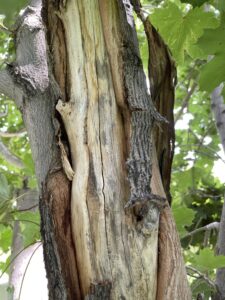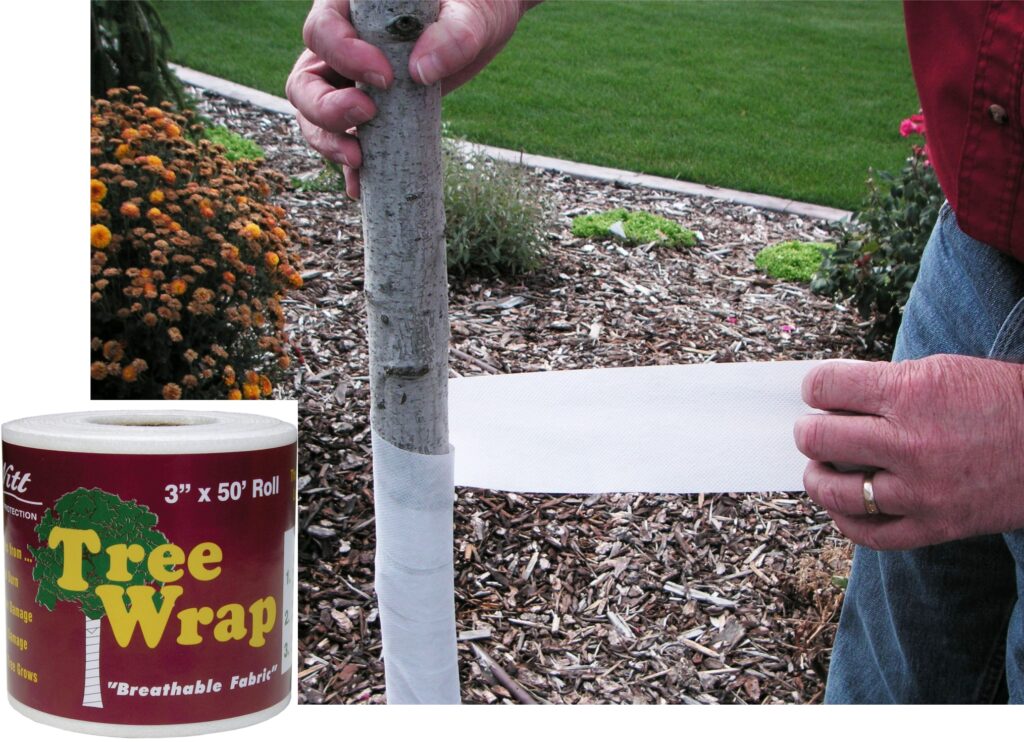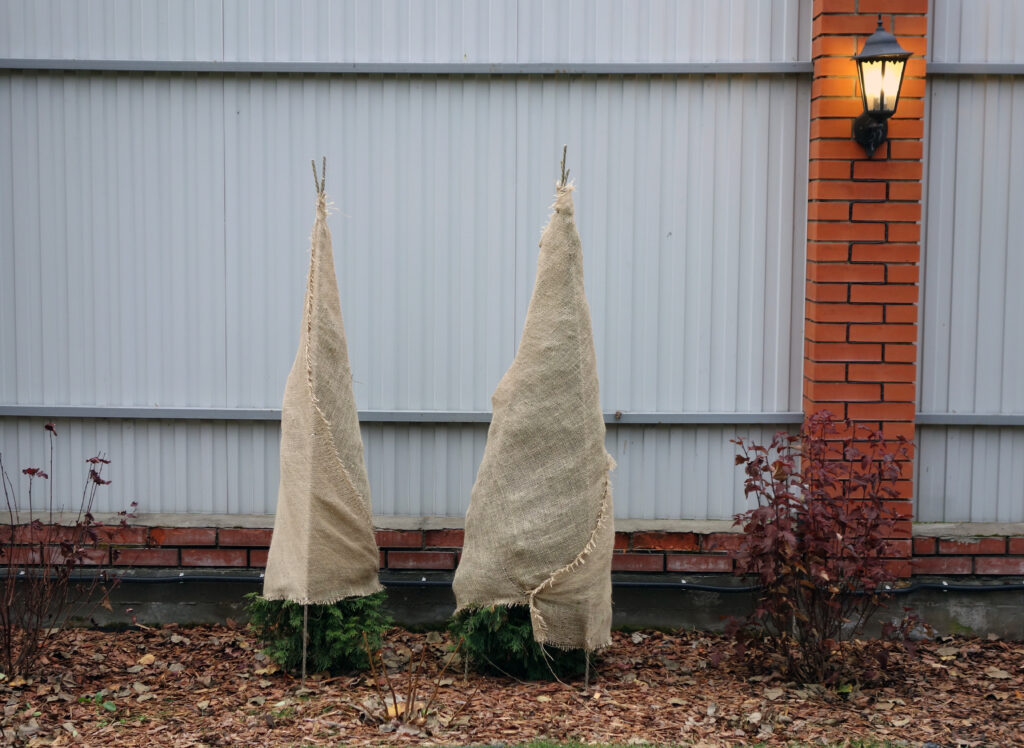Winter Protection of Trees
Winter Protection of Trees
Winter in East-Idaho can be brutal for people and as well as their trees! Negative 30 degrees or colder temperatures are extreme but that is not our only enemy. The dry blowing wind conditions can do as much harm as the cold. We also run into some problems when we have bright sunny days followed by sub-zero temperatures. (The freezing and thawing effect that happens under the bark of trees can cause damage.) Let’s not forget the rodents and wildlife that are prevalent in our area.
Trunk Wraps Help Prevent Sunscald:
- Why sunscald happens: Sunscald happens when warm, sunny days cause the cells to warm up and expand tissue cells in the tree “wake up” and start to move water and nutrients.
 Once the sun sets, the outer bark temperature cools quickly, it results in bark splitting.
Once the sun sets, the outer bark temperature cools quickly, it results in bark splitting. - Purpose of tree wraps: Tree wraps are recommended for newly planted trees, especially young, thin-barked trees such as maples and fruit trees. This white or light-colored wrap will help trees that are susceptible to sunscalds (a type of sunburn) in winter. Sunscald is often seen on the south or southwest side of a tree, where it’s most exposed to sunlight.
- How to Apply: Use commercial tree wraps, spirals, or plastic guards designed for winter protection. Start wrapping from the bottom and move up to the first branch, overlapping slightly. Remove in spring to prevent moisture buildup.


Mulching:
- Purpose : Mulch insulates the root zone and moderates soil temperature, reducing freeze-thaw cycles. Certain trees and shrubs are very sensitive to fluctuating soil temperatures, especially trees and shrubs that are newly planted. Adding a layer of mulch will insulate the roots from such temperature swings.
- How to Apply: Place a 2-4 inch layer of mulch (like shredded bark or wood chips) around the base of the tree, keeping it a few inches away from the trunk to avoid rot.





